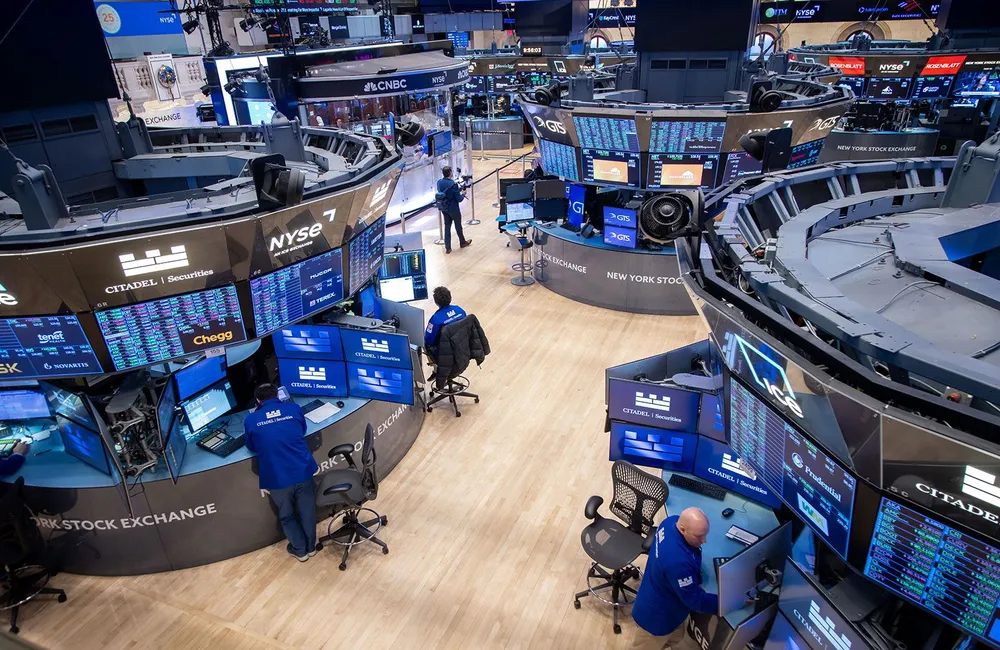A surprising casualty of soaring commodity prices? The Royal Australian Mint.
The five, 10 and 20 cent coins that sit in the pockets, purses and piggy banks of people across the country are becoming more and more unprofitable to produce. Soaring prices for the nickel and copper that make up Australia’s small denomination coins mean that in some instances the metal is worth more than the number stamped on it.
The hit will be taken by government coffers, with the estimated revenue shortfall as high as $20 million this financial year. The Mint regularly sends to the Federal Treasury most of its seigniorage profits an archaic term for the difference between making coins and the amount stamped on them. Customers, including banks, purchase coins from the Mint at face value. 20 cents for a 20-cent coin.
“Yes, even in the last financial year some of those coins were already costing us more to produce than what revenue they were generating the five-cent piece for example,” says the chief executive of the Royal Australian Mint, Leigh Gordon.
Australia’s circulating ‘silver’ coinage is a quarter nickel and three-quarters copper, imported from Korea. Both metals are among a long list of commodities that are soaring as Russia’s invasion of Ukraine aggravates pre-existing supply shortages. Nickel hit the news on 8 March when a short-squeeze sent prices briefly to over US$100,000 a tonne and forced the 145-year-old London Metal Exchange to shut trading for several days. Copper markets are also floating around record highs, as demand spikes and supply is pinched by years of underinvestment.
The Mint has been insulated for now from the most recent price rises, Leigh says, as a result of its decision to build up its inventory when war clouds started gathering over Europe. But he anticipates that new supply will have to be ordered in the next month or two.
The anticipated deficit comes after a record year for the mint. Seigniorage soared 66% to $45 million in fiscal 2021 due to a boom in demand as individuals hoarded coins during the pandemic. Last financial year the mint cranked out some 175 million new coins, Leigh says.
A dubious history
In its annual report for 2020-2021, the Mint said it expects the seigniorage revenue to reach $41 million this year, down from $45 million the previous year. Nickel has gained 83% and copper 14% since October.
The number is very dependent on individual spending, but Leigh says that the best bet for the average figure this year will be in a ballpark of around $20 million or more. Responsible are elevated metal prices as well as softer demand for coins after restrictions snap in Sydney and Melbourne late last year.
The history of small-denomination coins has been one of questionable profit. Metal prices surpassed face value in the case of the five-cent coin in 2015 and 2018, reports stated. Applying Monday’s spot prices, and the exchange rate, the metal in a five-cent coin is worth 20% more than its face value.
Just as people will stop in the street for a $2 coin but walk on past a five-cent piece, Mint profits are led by high-denomination coins. About 25 percent of all the coins sold are fives, but $2 coins bring in half of all the seigniorage revenue, according to Leigh.
Being 92% copper, pro-rate, the metal costs of minting the $1 and $2 coins haven’t kept pace with their smaller, nickel-laden counterparts.





















